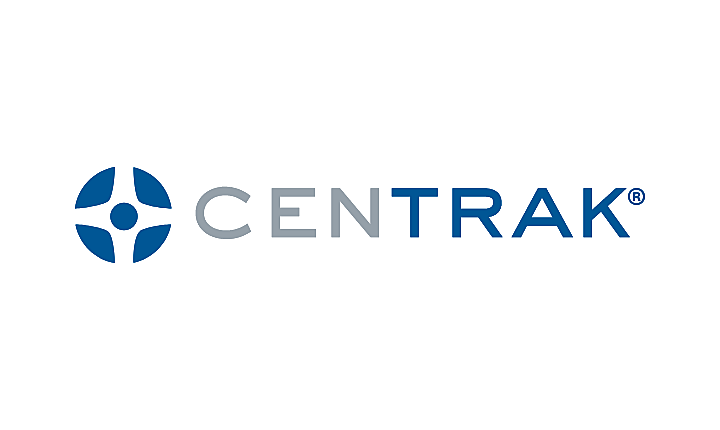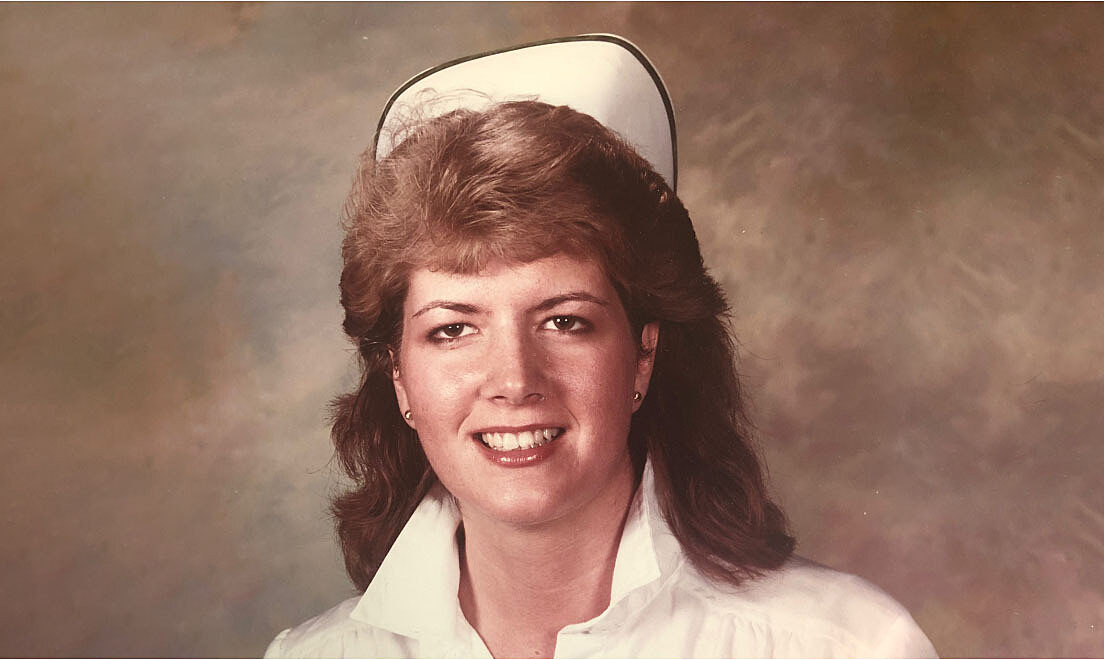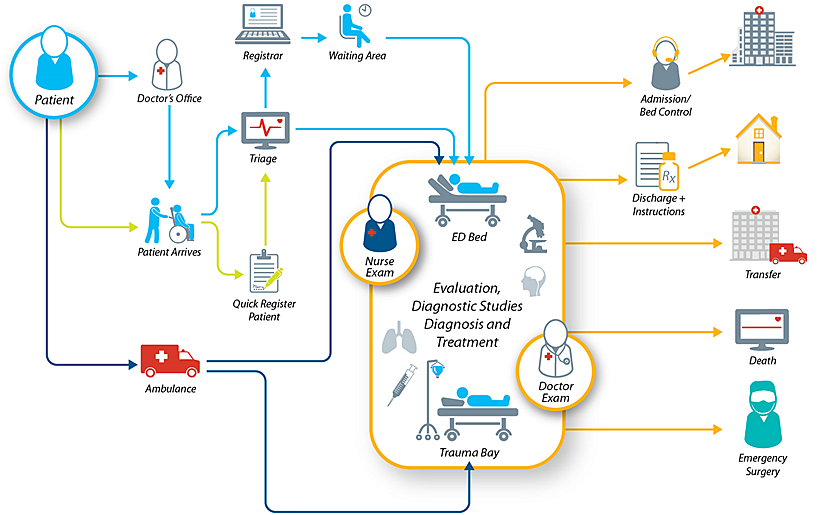The New Money Back Guarantee for Unsatisfied Patients

How are hospitals like Geisinger enhancing the patient experience?
Earlier this week, there was an interesting story on NBC nightly news regarding how Geisinger Health System is offering patients the ability to request their money back if they are not satisfied with their hospital stay. This “money-back guarantee” concept, which we are used to seeing in a consumer-retail environment, demonstrates how serious hospitals are viewing patient satisfaction.
Using a smartphone app, patients who receive treatment at Geisinger can rate their experience and then ask for a refund of their out of pocket costs if they are unhappy with the quality of care. The program launched in November 2015 and since then, the health system has refunded nearly $80,000 from approximately 70 requests. This is one more way to give patients a voice; and for Geisinger Health System to receive valuable feedback on where improvements are needed to increase patient satisfaction and, subsequently, their HCAHPS scores. HCAHPS scores are used by the federal government to determine how much funding to provide to a hospital and healthcare facilities are searching for innovative ideas and technologies to create a better experience for their patients. Thus far, hospital wait times, food service, and communications have been addressed since the program launched at Geisinger last year.
You may be wondering how a hospital could support such a bold guarantee and what they are doing to raise the level of patient care and experience. One technology being used at Geisinger-Community Medical Center (G-CMC) is patient locating via a Real-Time Location System (RTLS). A person admitted into the hospital will likely move from one area to another—such as to diagnostics, a patient room or a waiting area; and it can be time-consuming for families or healthcare providers to locate them. Disposable tags attached to the patient’s hospital ID bracelet are being used to provide patient location information to patients' families and care providers, as well as to the facility’s cleaning staff.
How does it work? Staff members associate each patient with a tag’s unique identifier via their chosen software platform. As the patient moves throughout the facility, the tag receives the ID numbers associated with wireless RFID readers installed in various locations. The data is then forwarded to a server and passed on to the software, which displays the patient's exact location on a video monitor. At G-CMC, these video monitors are referred to as “tracker boards” and display the real-time location of each patient by name. The monitors are not accessible for public viewing but a physician or family member can quickly seek assistance from staff. Additionally, when G-CMC discharges the patient, the tag is placed in a designated drop box which captures the tag's ID number and forwards that data to the software. The cleaning staff is then notified that the patient's bed has been vacated so they can begin preparing for the next patient – helping to reduce wait times and improve bed management.
While the RTLS platform was initially installed for basic location awareness, G-CMC and other hospitals like it have quickly realized that they can easily expand the system’s functionality for more advanced use cases in the future. For example, linking the locations of medical equipment and patients in order to better track which services a patient is receiving and when. Contact tracing capabilities are also significant as a facility can quickly identify who or what might have come in contact with an infected patient, giving them better tools to prevent serious outbreaks of communicable diseases.
Technologies such as Enterprise Location Services are being used in healthcare facilities worldwide to improve operational workflows, reduce wait times, protect patients and staff, and enhance the overall quality of care and patient experience. During an interview with the Washington Post, Geisinger Health System’s president and chief executive, Dr. David Feinberg, says he is working on a plan to eliminate all emergency room wait times within three years. We look forward to hearing more about this initiative and to see if other area hospitals will begin to offer a similar money back guarantee. Stay tuned!






